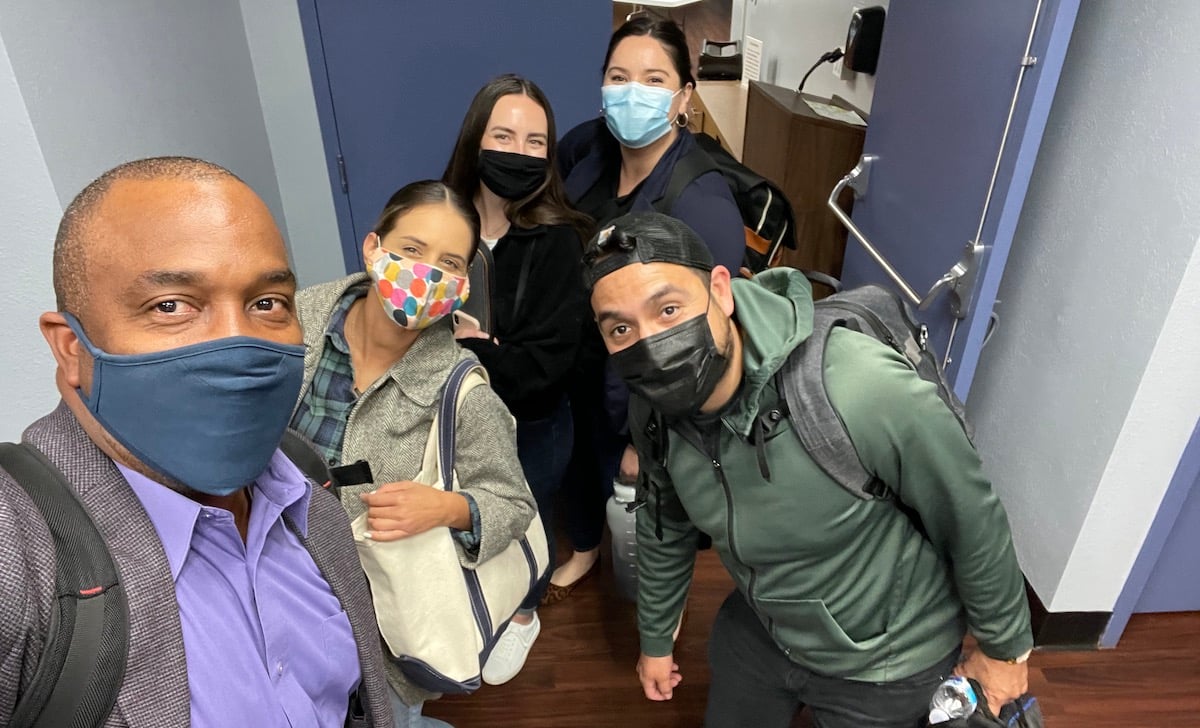As students return to in-person learning, school leaders must communicate with their students, parents, and stakeholders to ensure transparency in their planning. Parents are eager to learn what this year will look like for their families, but with COVID-19 restrictions in place, hosting large in-person meetings should still be avoided whenever possible.
That’s where livestreaming comes in, and one of the best use cases for livestreaming is a virtual town hall. Virtual town halls continue to be an effective and safe way to keep your school community informed while allowing them to voice their questions and concerns. Unsurprisingly, studies show that continuous outreach to your audience establishes trust in your organization and your brand.
Since the pandemic started, our clients have asked for our help in producing high-quality video streaming content that their audience will learn from. Now, we’re sharing some pro tips for how you can ensure that your virtual town hall is a success.
WHAT EQUIPMENT DO YOU NEED?
COMPUTER
You can’t stream a town hall without a reliable computer. We recommend closing out all applications. If using a MacOS computer, ensure all iMessage and Phone applications are closed to avoid any interruptions. You can also change your notification settings in System Preferences to enable Do Not Disturb.
CAMERA
It’s essential to use a professional camera that clearly shows your featured speakers. A tripod will assist in holding your camera steady for an extended period. You’ll need an HDMI cable that connects your camera to the computer where you’ll be streaming.
AUDIO
More than anything, your audience will want to listen to the announcements and answers to their questions. Be sure to have a microphone for each participant!
PLATFORM
Select the platform where you’ll stream the virtual town hall. Zoom, the popular video conferencing app, has been the most popular software during District Learning and work-from-home days. Most school districts pay for monthly enterprise subscriptions and allow up to 100 audience members. Zoom also allows you to stream concurrently on other platforms such as Facebook and YouTube. If streaming on Facebook, be sure to change settings so that incoming calls do not come in.

HOW SHOULD YOU ADVERTISE?
Advertise your virtual town hall as you would any other in-person event. Select a general email address where you invite your audience to submit questions and publish the information on social media platforms. Give your audience at least a week to email questions and always communicate a strict deadline.
.png?width=1920&name=Begins%20Shortly%20Return%20to%20School%20Town%20Hall%20(2).png)
WHO SHOULD BE INVOLVED?
To execute a virtual event, it is critical that you select a team to work behind the scenes. Each team member must oversee a specific item, whether that be moderating the event, handling technology, or monitoring video quality and audience interactions. A successful virtual town hall is a team effort.

If you’re new to livestreaming or video marketing, reach out to someone from our team, and we’ll be happy to guide you in the right direction!





